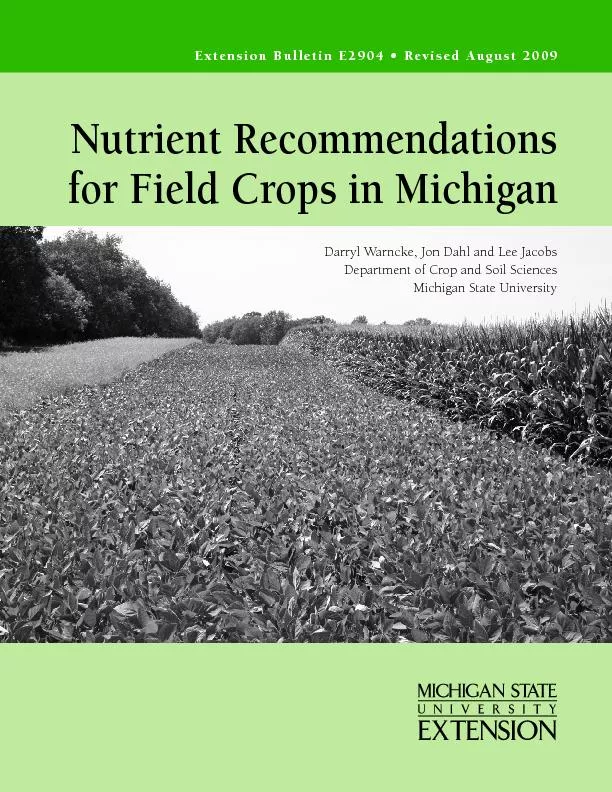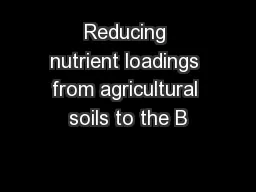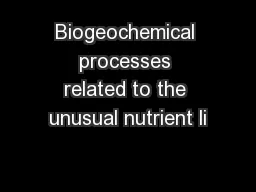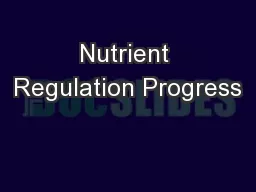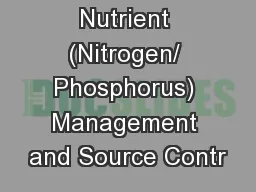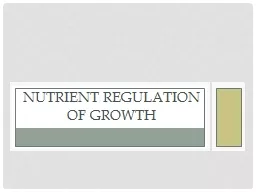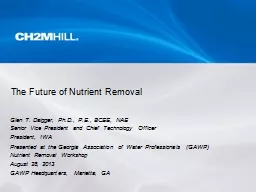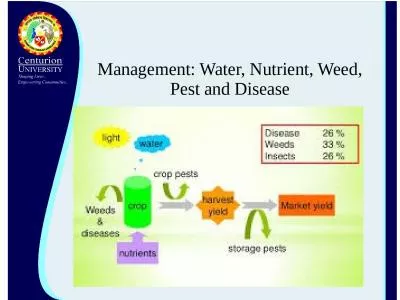PDF-Nutrient recommendations for field crops in Michigan
Author : phoebe-click | Published Date : 2017-04-01
Darryl Warncke Jon Dahl and Lee JacobsDepartment of Crop and Soil Sciences for Field Crops in MichiganManagement ProgramsSoil Test Procedures
Presentation Embed Code
Download Presentation
Download Presentation The PPT/PDF document "Nutrient recommendations for field crops..." is the property of its rightful owner. Permission is granted to download and print the materials on this website for personal, non-commercial use only, and to display it on your personal computer provided you do not modify the materials and that you retain all copyright notices contained in the materials. By downloading content from our website, you accept the terms of this agreement.
Nutrient recommendations for field crops in Michigan: Transcript
Download Rules Of Document
"Nutrient recommendations for field crops in Michigan"The content belongs to its owner. You may download and print it for personal use, without modification, and keep all copyright notices. By downloading, you agree to these terms.
Related Documents

